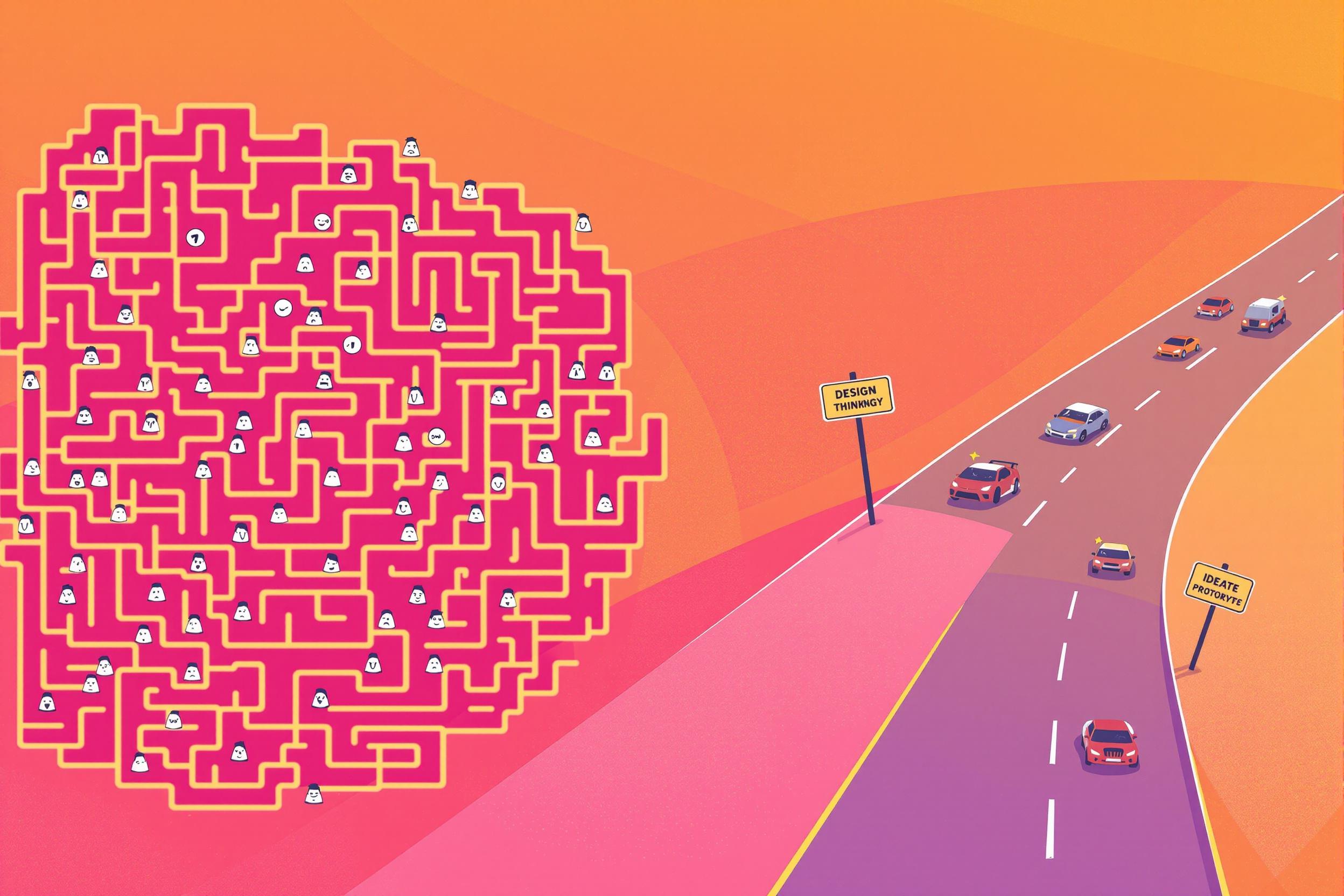
Policy Design
Policy Design is the process of creating practical solutions to address public problems and social issues. Think of it like being an architect, but instead of designing buildings, professionals create plans and programs that governments and organizations can use to solve community problems. This could include anything from healthcare programs to environmental regulations. Policy designers analyze problems, research solutions that worked elsewhere, consider costs and benefits, and create detailed plans that decision-makers can implement. Similar terms include "policy development," "policy planning," or "policy formulation."
Examples in Resumes
Led Policy Design initiatives for state-level education reform
Conducted research and stakeholder interviews to support Policy Design in healthcare access
Created Policy Design frameworks for environmental protection programs
Typical job title: "Policy Designers"
Also try searching for:
Where to Find Policy Designers
Professional Associations
Job Boards
Professional Networks
Example Interview Questions
Senior Level Questions
Q: Can you describe a complex policy design project you managed and what made it successful?
Expected Answer: Look for answers that show experience managing large-scale projects, working with multiple stakeholders, handling obstacles, and achieving measurable outcomes. They should mention coordination across different departments or agencies and demonstrate leadership skills.
Q: How do you ensure that policy recommendations are both politically feasible and effective?
Expected Answer: Strong answers should discuss balancing ideal solutions with practical constraints, stakeholder engagement, building political support, and using evidence from similar policies in other regions or countries.
Mid Level Questions
Q: What methods do you use to evaluate the potential impact of a policy?
Expected Answer: Candidates should mention cost-benefit analysis, stakeholder analysis, impact assessments, and the use of data from similar policies. They should also discuss how they consider both intended and unintended consequences.
Q: How do you incorporate public input into the policy design process?
Expected Answer: Look for knowledge of public consultation methods, such as surveys, focus groups, public meetings, and online engagement tools. They should understand the importance of including diverse perspectives.
Junior Level Questions
Q: What are the key steps in the policy design process?
Expected Answer: They should mention problem identification, research, stakeholder consultation, option analysis, recommendation development, and implementation planning in clear, logical order.
Q: How do you research existing policies when working on a new policy design?
Expected Answer: Look for familiarity with policy databases, academic research, government documents, and case studies. They should understand how to find and analyze relevant examples from other jurisdictions.
Experience Level Indicators
Junior (0-2 years)
- Basic research and analysis
- Writing policy briefs
- Stakeholder mapping
- Understanding of government processes
Mid (2-5 years)
- Policy analysis and evaluation
- Stakeholder consultation
- Project management
- Data analysis and interpretation
Senior (5+ years)
- Strategic policy planning
- Leadership of policy teams
- Complex stakeholder management
- High-level government relations
Red Flags to Watch For
- No understanding of government or political processes
- Lack of analytical or research experience
- Poor communication or writing skills
- No experience with stakeholder engagement
- Unable to explain policy implementation challenges
Need more hiring wisdom? Check these out...

Why Your Hiring Process is a Maze (And How Design Thinking Can Turn It into a Superhighway)

Navigating Compliance: Structuring On-the-Job Training in Regulated Industries

Navigating the Legal Labyrinth: Unpacking Global Labor Laws for Transnational Teams

